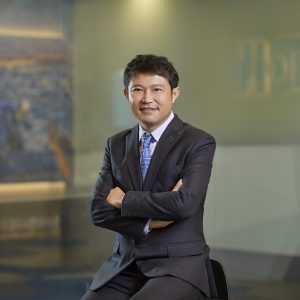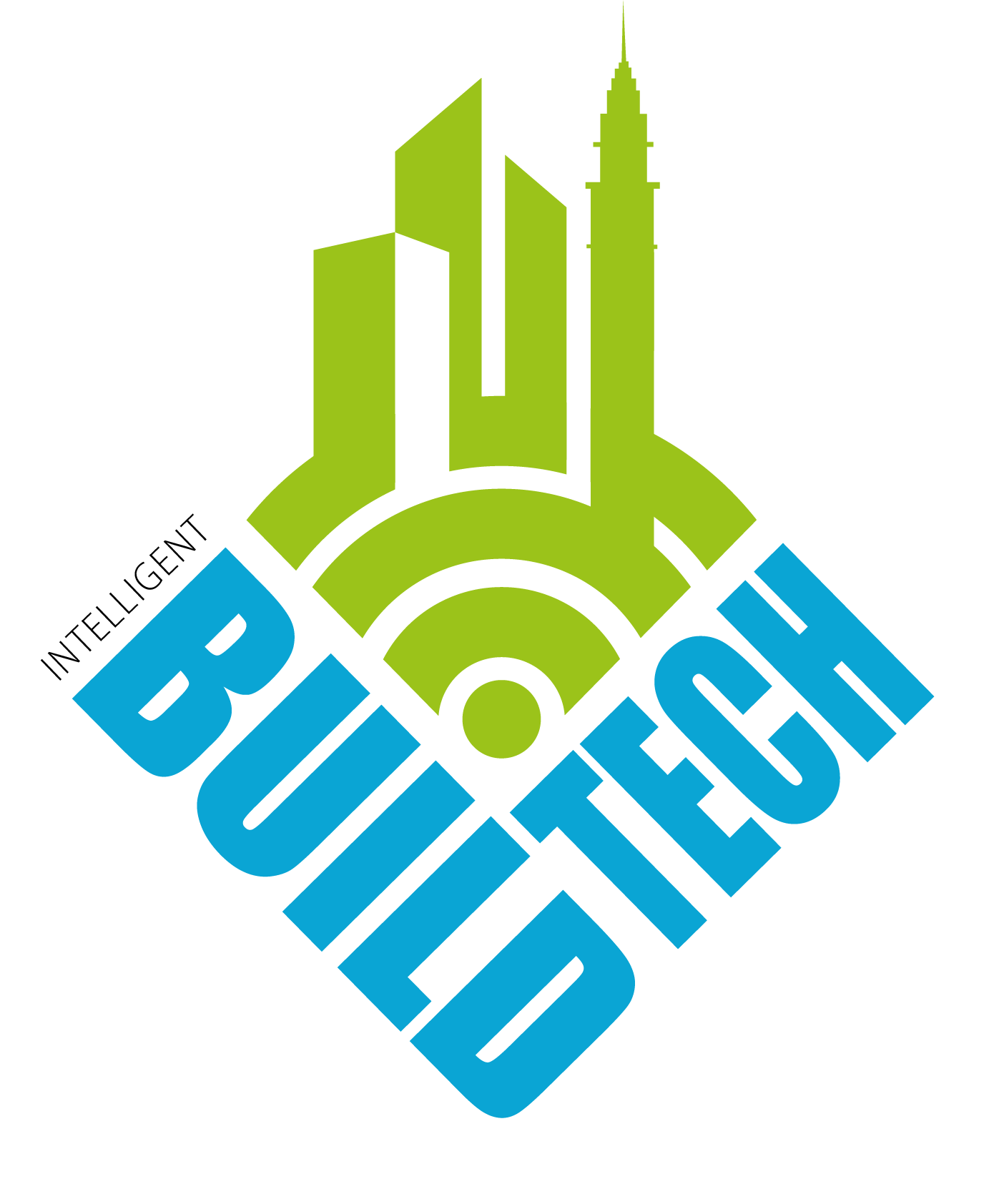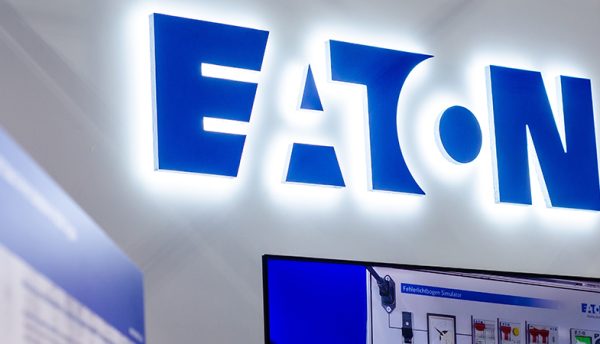In this exclusive interview, we speak to Shi Ding Song, Business Development Director, Eaton Electrical, about personal career growth and the current power management challenges faced by the built environment.

As the Business Development Director, could you elaborate on the key responsibilities and challenges you face in driving business growth, particularly in the realm of power management for the built environment?
As the Business Development Director for Power Distribution at Eaton, my responsibilities include defining, establishing and deploying business strategies to grow Eaton’s power distribution business across Asia. This involves, for instance, shaping route-to-market, offer positioning, and customer programs.
Every market has different environmental and power requirements. Having a good understanding of our customers’ priorities and evolving market trends is critical, as this allows us to offer tailored solutions that can meet their needs today and in the long-run. In order to do so, I work closely with country commercial heads in defining and implementing business plans for their markets. This includes facilitating the organisational set-up, overseeing sales and marketing activities to support more businesses with reliable, sustainable power management solutions.
Has your role evolved over the years within Eaton, and what pivotal moments or experiences have shaped your career journey to become the Business Development Director?
Before taking on the role of Business Development Director in Eaton, I worked in the same electrical industry around 12 years at different positions, mainly are sales, product and channel marketing, while these roles are aimed at helping to grow the business, the job scope differs slightly – in sales, we usually think about how to achieve yearly targets in a short-term period. As Business Development Director, we have to take a more strategic position and look longer term, identifying potential growth opportunities in the next two to three years.
Over the course of my career, I’ve had the opportunity to speak to many customers, which allows me to understand the pain points that customers face when looking for power management solutions. Of course, the product knowledge and familiarity I’ve accumulated over the years has also provided a solid foundation for the Business Development Director role, which requires oversight over the entire power distribution product portfolio.
What advice do you have for professionals aspiring to pursue a career in business development within the power management industry, considering the dynamic landscape of electrification and sustainable solutions?
The power management industry is undergoing a notable shift towards electrification and sustainable solutions. For professionals aspiring to pursue a career in business development within this sector, it’s important to stay updated on the latest market and industry trends as well as customer needs in order to identify potential growth opportunities. In recent years, for instance, we are seeing more and more innovative solutions and developments related to renewable energy, energy storage, EVCI and smart grid technology.
Once we have identified the target market and segments, as well as growth opportunities, it is essential to speak with potential end-users and customers to get insights into the products and competitors. This lays the groundwork for Research and Development (R&D) to develop solutions with a unique value proposition.
Could you share some key lessons or insights you’ve gained throughout your career that have been instrumental in your success as a business development professional in the power management sector?
Thinking back on my journey as a business development professional within the power management segment, I definitely have gained several key lessons that have influenced how I approach my role and tackle challenges.
For starters, effective communication is instrumental. The ability to communicate and negotiate with both internal and external stakeholders fosters collaboration that is built on common goals and values. Strategic thinking is also crucial, as it emphasises taking a broader perspective for sustainable business growth. The ability to think strategically, lay out a compelling vision of the future and rally teams to work towards this is key to making decisions and projects that move the needle.
Finally, we have to take a customer-centric approach to better understand our customers’ needs and challenges. This allows us to define tailored solutions that address specific pain points, and help enable the cultivation of a long-lasting, win-win relationship with them.
In the context of the energy transition driven by climate change, how is Eaton positioned to address the challenges associated with electrification and the increasing demand for sustainable solutions in the built environment?
Amidst electrification and a growing emphasis on sustainability, there is opportunity to reimagine the way power is distributed, stored and consumed. This is what we call the ‘Everything as a Grid’ approach, where homeowners, communities and businesses can accelerate the energy transition through their participation as energy prosumers in a flexible, intelligent energy system.
Buildings can be transformed into energy hubs, helping to generate and balance the grid through on-site renewable generation and storage systems. For instance, as electric vehicle ownership grows, the need to provide EV charging could just be the catalyst for commercial buildings to kickstart their participation in the energy transition. In order to reduce the costs of grid upgrades and powering EV charging facilities, building owners can leverage energy storage and on-site energy generation resources to minimise peak electricity demand, and integrate renewable sources, such as solar panels.
Last year, we launched our containerised battery energy storage systems solutions and electric vehicle charging infrastructure that are specially designed for the Asia market.
Can you elaborate on Eaton’s role in solving the world’s toughest electrical, hydraulic and mechanical power management challenges, particularly in the context of the rapid growth in electrification?
In cities, it’s easy for people to forget about what goes behind the energy infrastructure that powers their internet, devices, and services that they use every day. Amidst trends such as digitalisation and climate change, power management challenges are evolving as well, whether it’s ensuring climate-resilience, or fending off operational technology (OT) cyberattacks on energy infrastructure. In developing areas, a key priority is ensuring that communities have access to safe, reliable power. Oftentimes, due to challenges such as the cost or lack of information, it may be difficult for organisations and consumers to invest in the necessary infrastructure solutions. Our role is really to help communities and businesses tackle these challenges – we work with them to find out what they need, constantly innovate to improve our technologies and provide peace of mind with reliable power.
Given Eaton’s commitment to sustainability, could you share some specific initiatives or projects related to power management that align with the company’s dedication to improving the quality of life and protecting the environment?
Beyond our products and technologies, we believe that there are many other ways in which we can work together with industry stakeholders and customers for a safer, sustainable, digital future. For instance, we work with e-waste recycling service providers to encourage customers to recycle the lithium-ion batteries when their uninterruptible supply systems (UPS) solutions reach end-of-life.
In the data centre industry, where data centres are known to be energy guzzlers, we’ve collaborated with Microsoft to develop grid-interactive UPS technology that allows the UPS to be used as a distributed energy resource (DER), to support grids with high levels of variable renewable energy generation. This technology holds a lot of potential for data centres to play a role in balancing the grid, especially as the share of renewable energy increases.
In Singapore, Eaton is also supporting the Sustainable Tropical Data Centre Testbed (STDCT) initiative, which aims to accelerate the development of tropical data centre technologies that consume less energy. I’m encouraged by the industry’s drive to make sustainability a priority and am hopeful that we will be able to move towards a greener future sooner.
What key trends do you foresee in the field of built environment technology, and how is Eaton positioning itself to stay at the forefront of these developments?
With the global shift to more renewable power, energy will flow through the grid in more directions and through more devices than ever before. The decentralisation of the energy grid will create new complexities and challenges, but also new potential. We’re working closely with homeowners and businesses to provide power management solutions that can help them reduce the cost and environmental impact of energy. This is all part of our Everything as a Grid approach.
Industry 4.0 has also presented a new era of intelligent power management. Through connected devices, data models and insights, organisations are able to use data to make smarter, more informed energy decisions. By combining our digital intelligence, world-class cyber-secure products and services with our engineering expertise, we’re able to help organisations modernise their power infrastructure and optimise their energy consumption.
Using buildings as an example, we foresee growing interest amongst building owners to uncover the full potential of smart buildings and transform into a revenue-generating asset in a flexible energy grid. Our role as an energy partner is to help facilities and building managers manage their infrastructure to meet evolving modern power demands. This could include retrofitting the building with battery energy storage systems, or electrical power monitoring systems (EPMS) to gain insight into real-time energy consumption and trended data. We will continue to work closely with our partners and customers to find out what they need, and work with them to ensure that their power infrastructure is equipped to provide greater value over time.
Another example is data centres, which are under pressure to perform more efficiently while remaining cost-effective, and without compromising resilience or security. To help operators manage their infrastructure assets easily, we launched the Brightlayer Data Centres suite earlier this year, which is the first in the industry to unite asset management, IT and operational technology (OT) device monitoring, power quality metrics and advanced electrical supervision in a single, native application. Providing data centre operators with a simple, seamless way to monitor and control a wide range of infrastructural assets will be key amidst trends such as edge computing and growing pressure to lower energy costs.
Product security will also be at the forefront of our product development process. Through our ‘secure by design’ philosophy, this will guide our management of cybersecurity risks throughout the entire product life cycle and strengthen resilience against OT cyberattacks.
Click below to share this article

